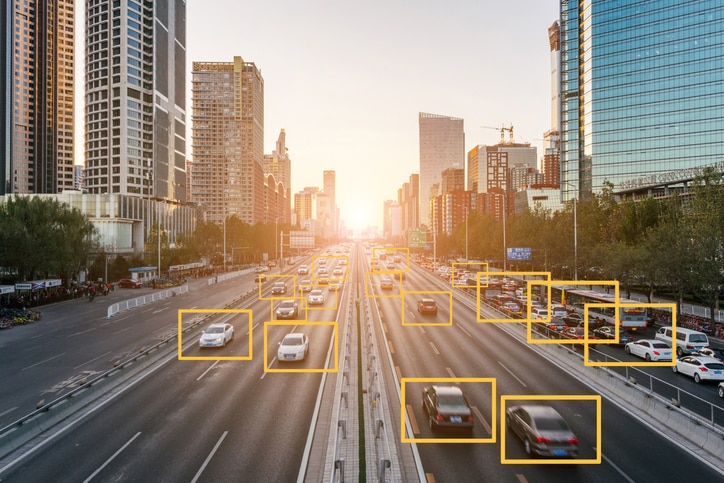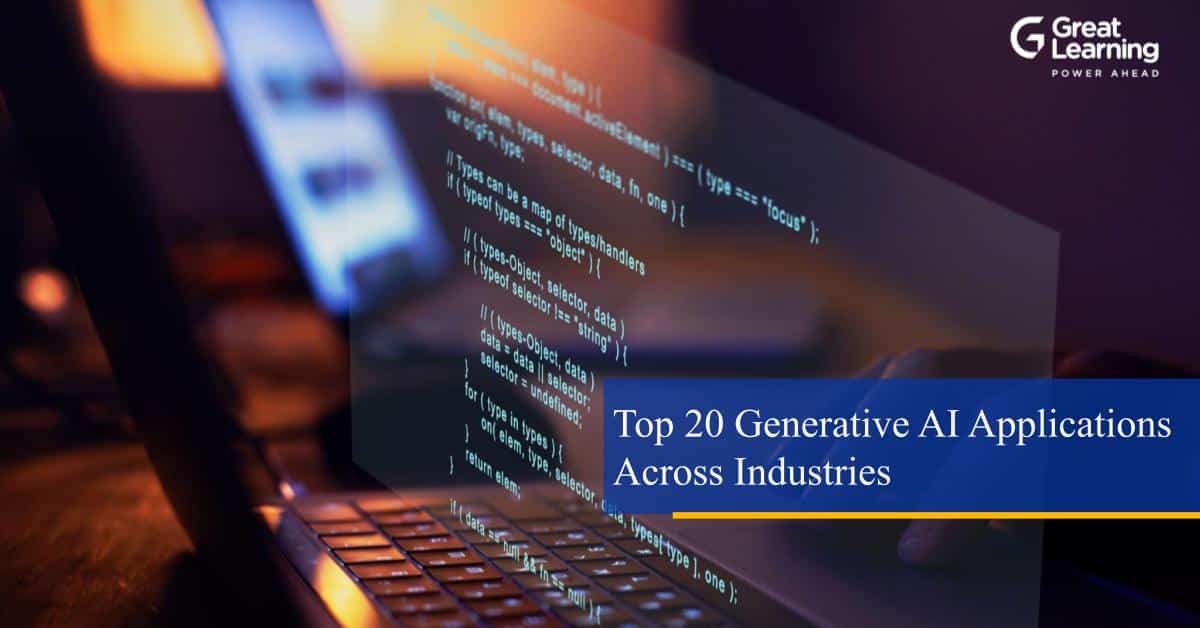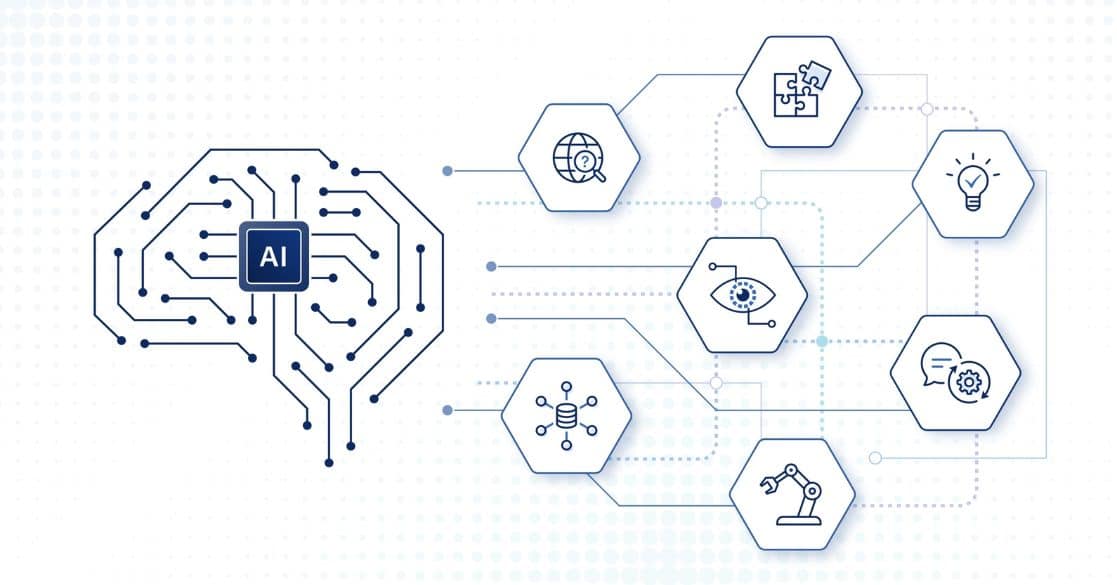Generative Artificial Intelligence (Generative AI) marks a significant milestone in the field of artificial intelligence, introducing capabilities that extend beyond traditional data analysis and pattern recognition. By leveraging advanced algorithms and neural network architectures, Generative AI has the unique ability to produce novel content, from images and text to complex data structures and even functional code. This capability not only opens new avenues for creativity and innovation but also poses unique challenges and ethical dilemmas that demand careful consideration.
Deep Dive into Generative AI Mechanisms
The core of Generative AI lies in its sophisticated models and algorithms, each with distinct characteristics and applications:
- Generative Adversarial Networks (GANs): The adversarial nature of GANs, where two neural networks—the generator and the discriminator—engage in a continuous loop of creation and evaluation, has proven to be remarkably effective in generating high-fidelity images and videos. This mechanism’s strength lies in its ability to refine outputs to a level indistinguishable from real data, pushing the boundaries of content creation.
- Variational Autoencoders (VAEs): VAEs stand out for their ability to understand and encode the underlying distribution of data, facilitating the generation of new data points that share properties with the original dataset. This model is particularly valuable in fields requiring the exploration of vast data spaces, such as drug discovery and design.
- Transformer Models: The introduction of transformer models has revolutionized natural language processing, enabling the generation of coherent and contextually relevant text. The adaptability of transformer models has also seen them being applied in other domains, such as image generation, showcasing their versatility.
Transformative Applications Across Industries
The applications of Generative AI are as diverse as they are impactful, revolutionizing traditional processes and enabling new forms of creativity:
- Creative Arts and Media: In the creative arts, Generative AI is being used to compose music, write stories, and create art, challenging our perceptions of innovation and the role of AI in artistic expression.
- Design and Architecture: Architects and designers are utilizing Generative AI to explore new design possibilities, generating innovative structures and forms that push the limits of imagination and functionality.
- Synthetic Data for AI Training: The generation of synthetic data addresses the challenge of data scarcity and privacy, enabling the training of AI models in environments where real data is limited or sensitive.

Navigating the Challenges and Ethical Landscape
The advancement of Generative AI is not without its challenges, particularly in terms of ethics and societal impact:
- Deepfakes and Misinformation: The ability of Generative AI to create realistic images, videos, and audio recordings raises significant concerns about the proliferation of deepfakes and the potential for misinformation. Developing detection methods and legal frameworks to combat misuse is a priority.
- Ethical Use and Bias Mitigation: Ensuring the ethical use of Generative AI involves addressing biases in training data and the models themselves. Efforts to create transparent, fair, and accountable AI systems are critical to maintaining trust and integrity in AI applications.
- Sustainability: The environmental impact of training large AI models is an emerging concern. Optimizing computational efficiency and exploring sustainable practices in AI development are essential steps toward mitigating the carbon footprint of Generative AI technologies.
The Future of Generative AI: Ethical Frameworks and Sustainable Innovation
Looking ahead, the trajectory of Generative AI will be shaped by ongoing research, ethical considerations, and the development of governance frameworks that promote responsible use. Collaboration among technologists, ethicists, policymakers, and the public is vital to ensuring that Generative AI serves the greater good, enhancing human creativity and problem-solving capabilities while safeguarding against potential harms.
- Cross-disciplinary Collaboration: Fostering dialogue and collaboration across disciplines can lead to more holistic approaches to the development and application of Generative AI, ensuring that ethical, social, and technical considerations are integrated into AI systems.
- Advancements in AI Safety and Security: As Generative AI continues to evolve, so too must the mechanisms for ensuring its safety and security. Research into robust, explainable, and transparent AI models will play an essential role in building trust and facilitating the ethical use of Generative AI.
Conclusion
Generative Artificial Intelligence represents a frontier of possibility, offering unprecedented opportunities for innovation, creativity, and problem-solving across diverse domains. As we navigate its potential, the collective responsibility of the AI community is to ensure that these technologies are developed and deployed with ethical integrity, transparency, and a commitment to societal well-being. By embracing the challenges and opportunities presented by Generative AI, we can harness its power to create a future that reflects the best of human and machine collaboration.








